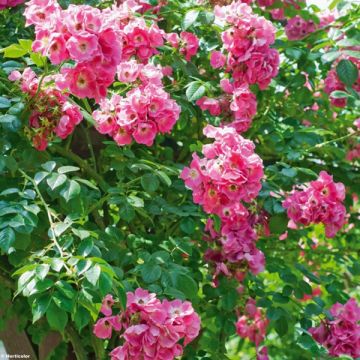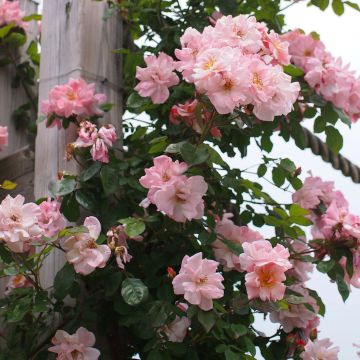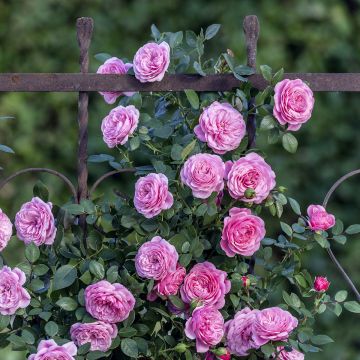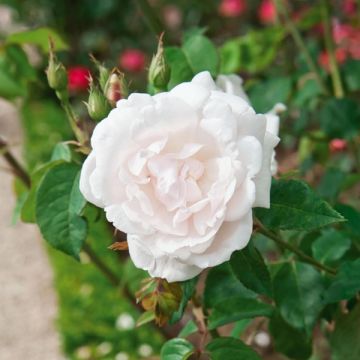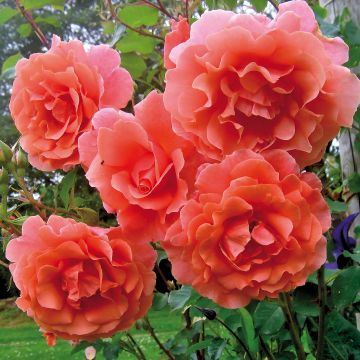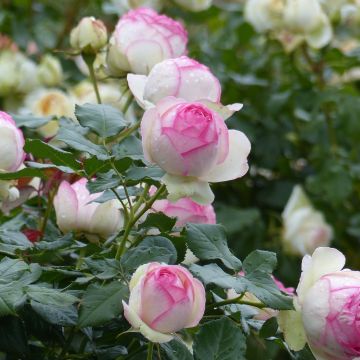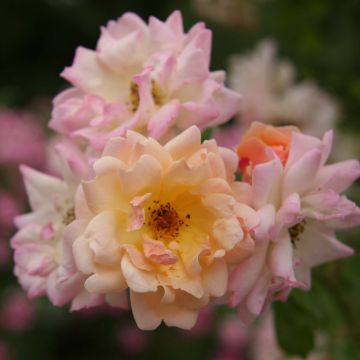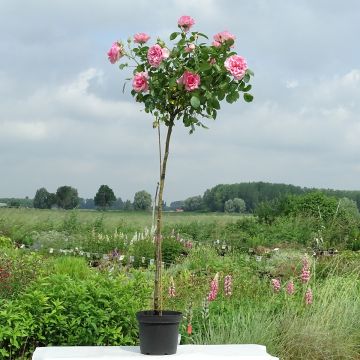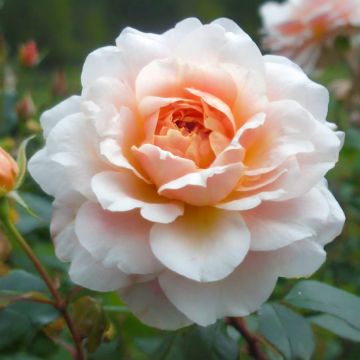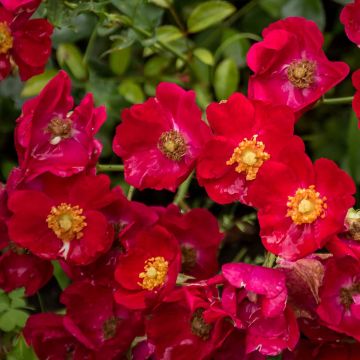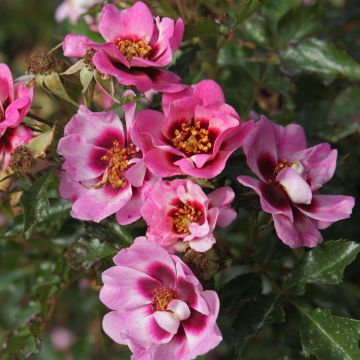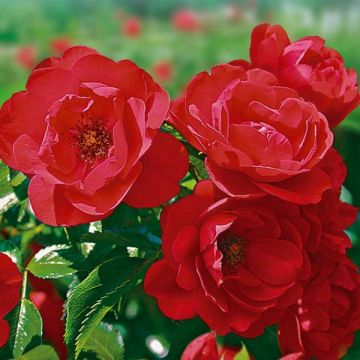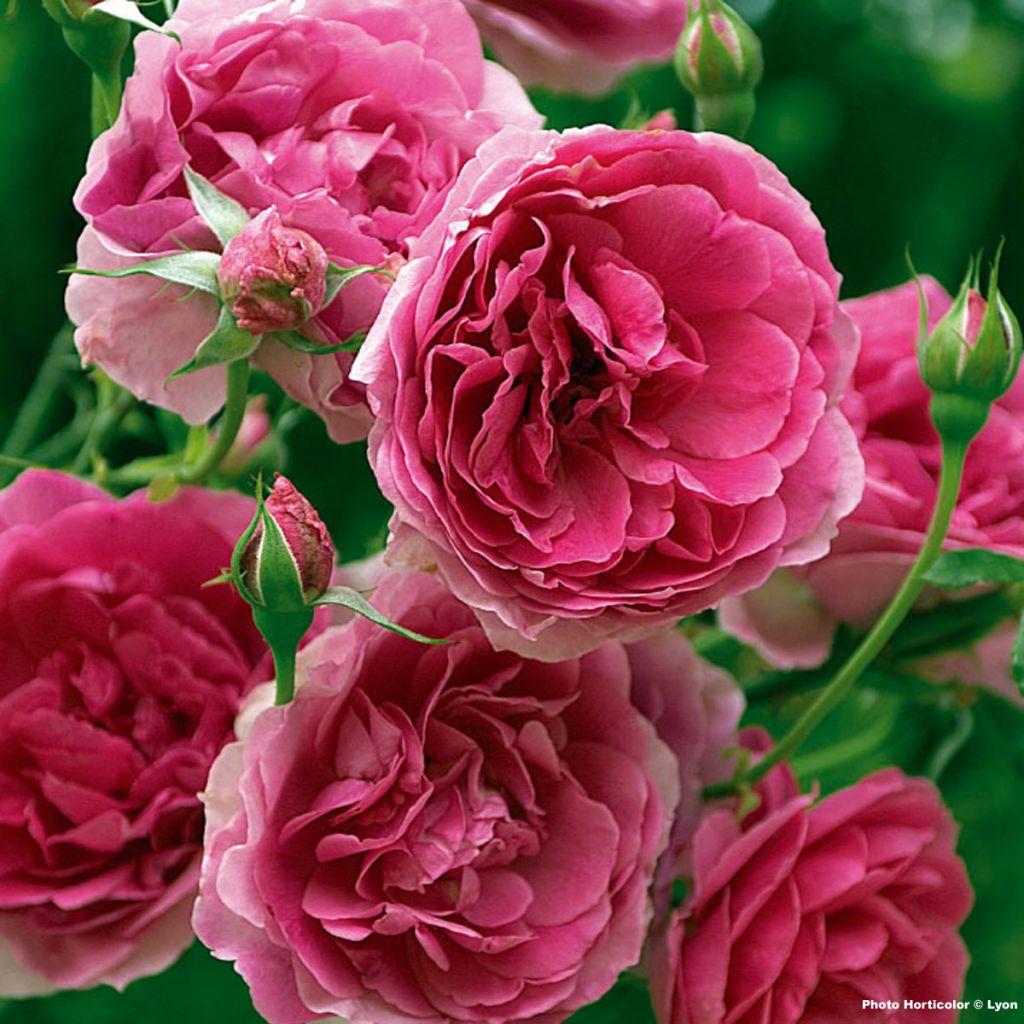

Rosa 'Pink Cloud' - Climbing Rose


Rosa 'Pink Cloud' - Climbing Rose
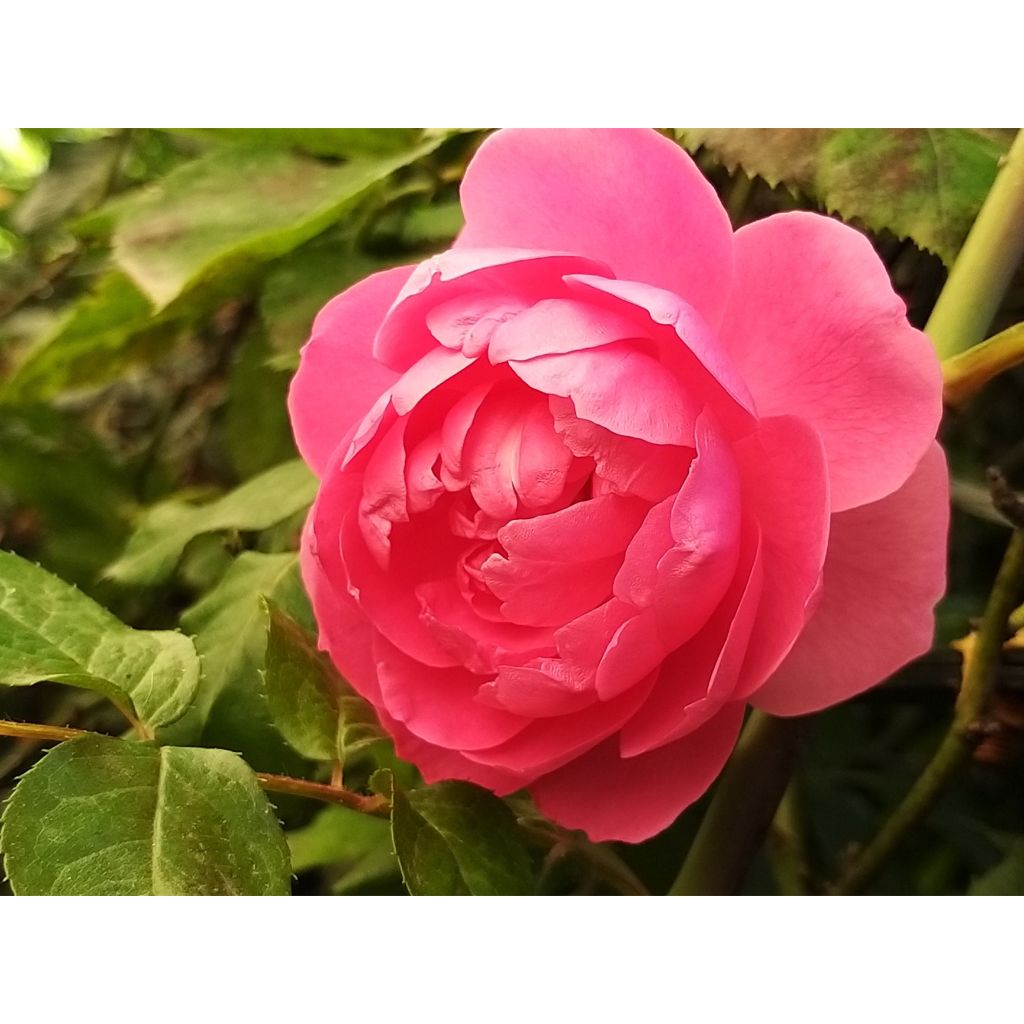

Rosa 'Pink Cloud' - Climbing Rose
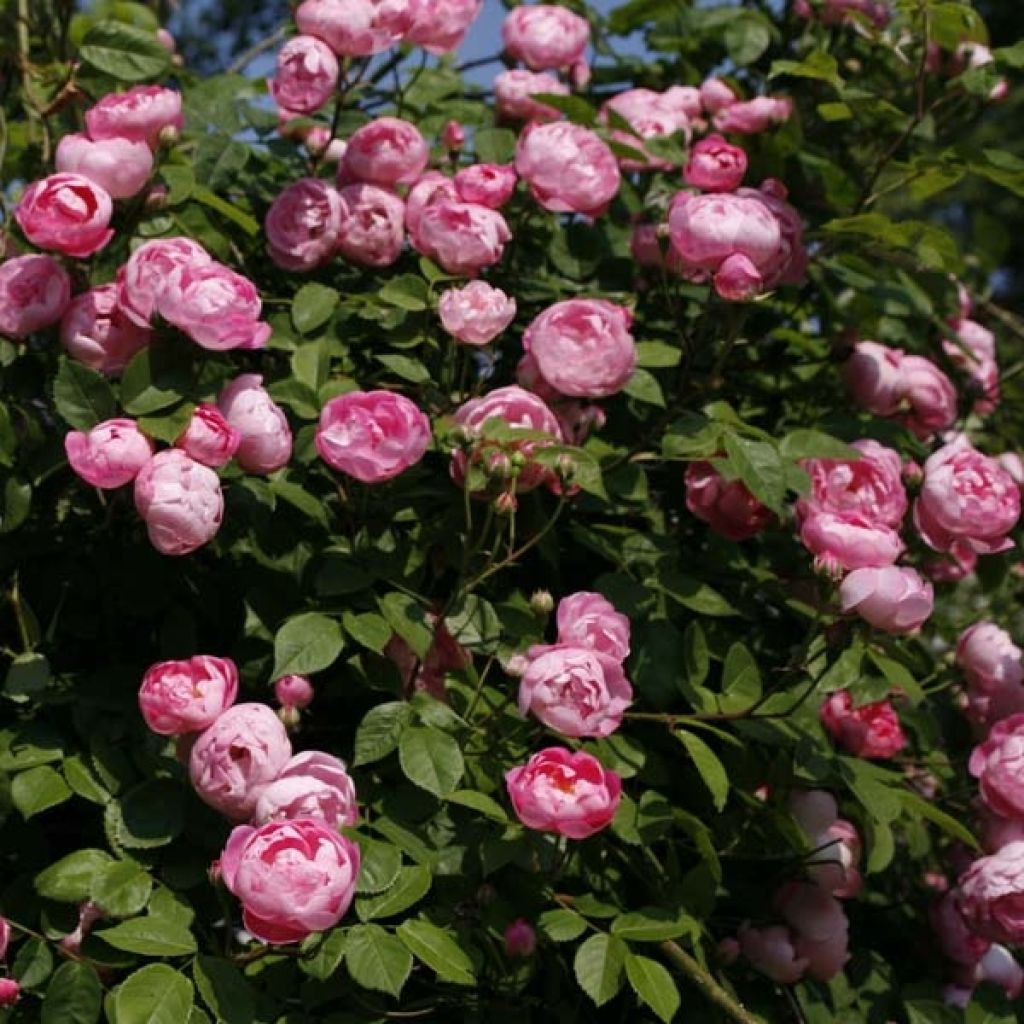

Rosa 'Pink Cloud' - Climbing Rose
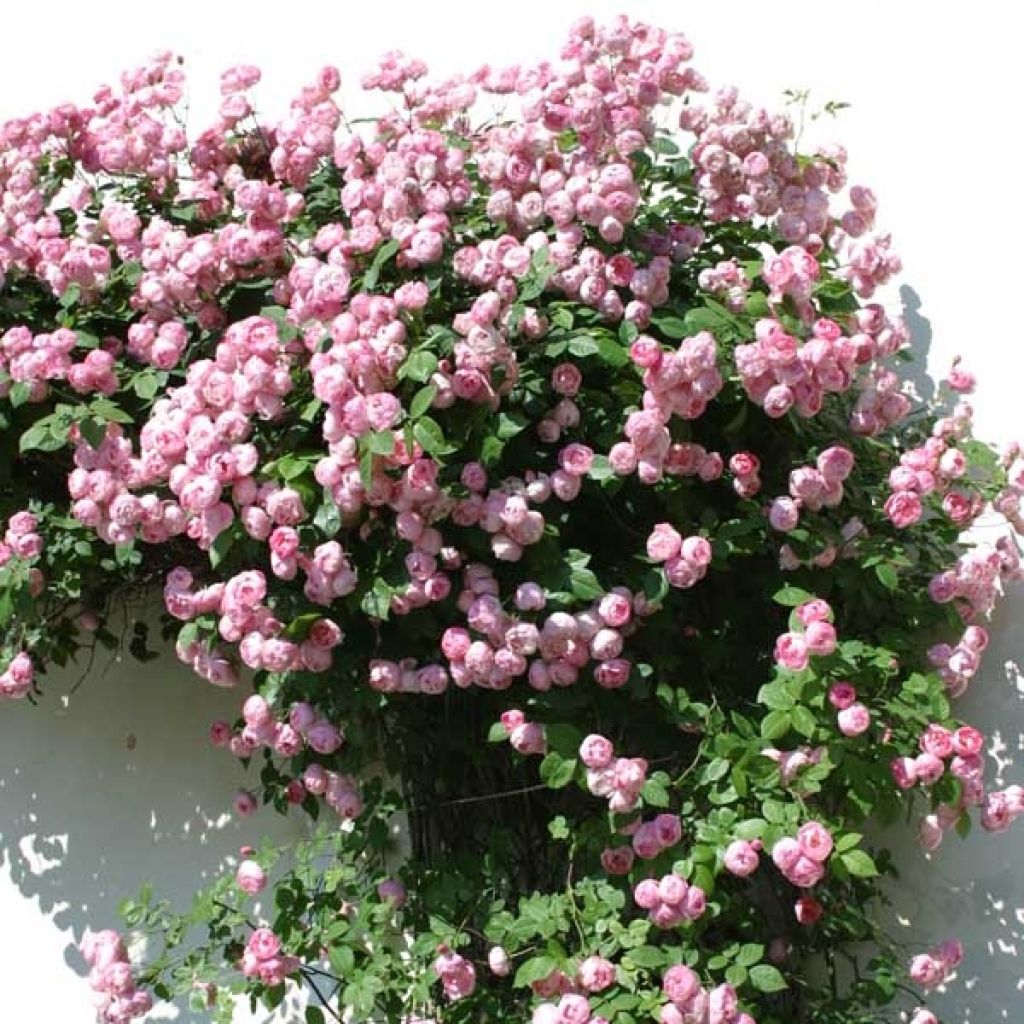

Rosa 'Pink Cloud' - Climbing Rose
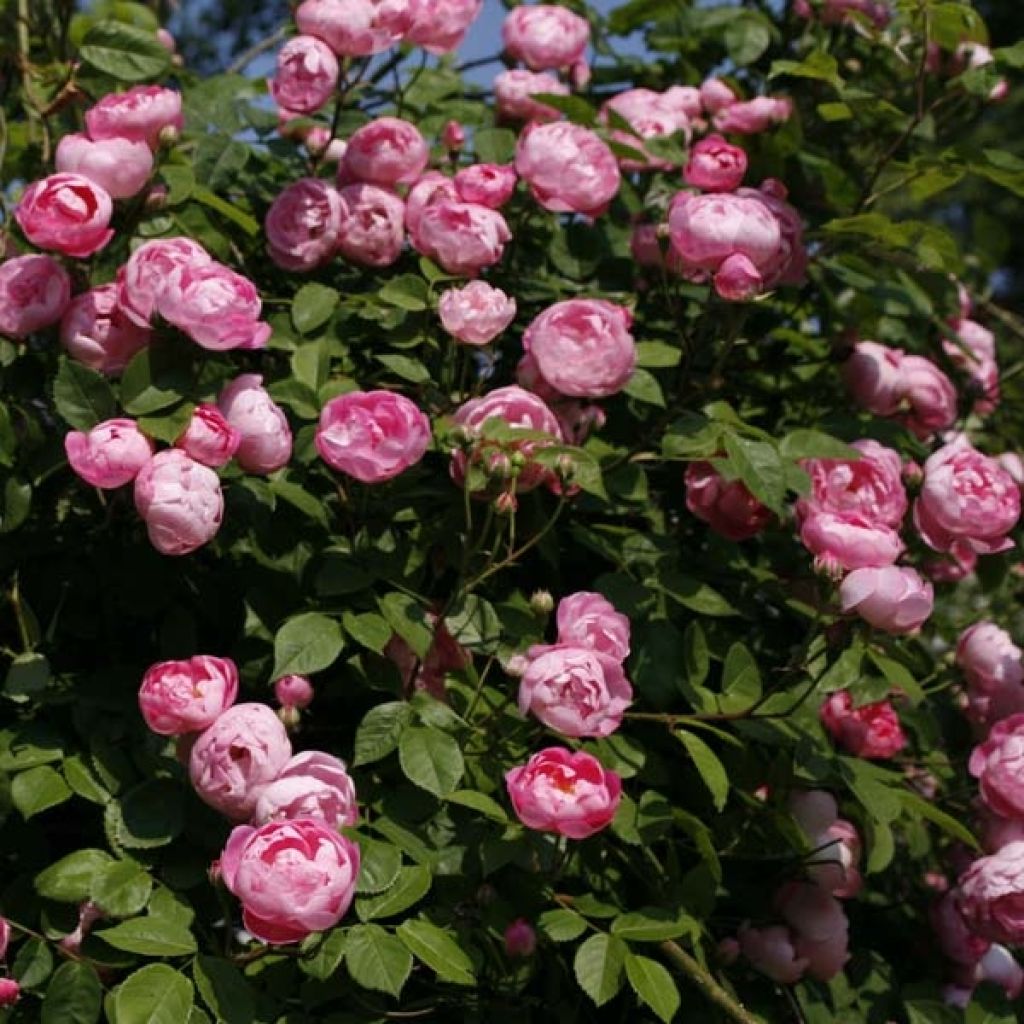

Rosa 'Pink Cloud' - Climbing Rose
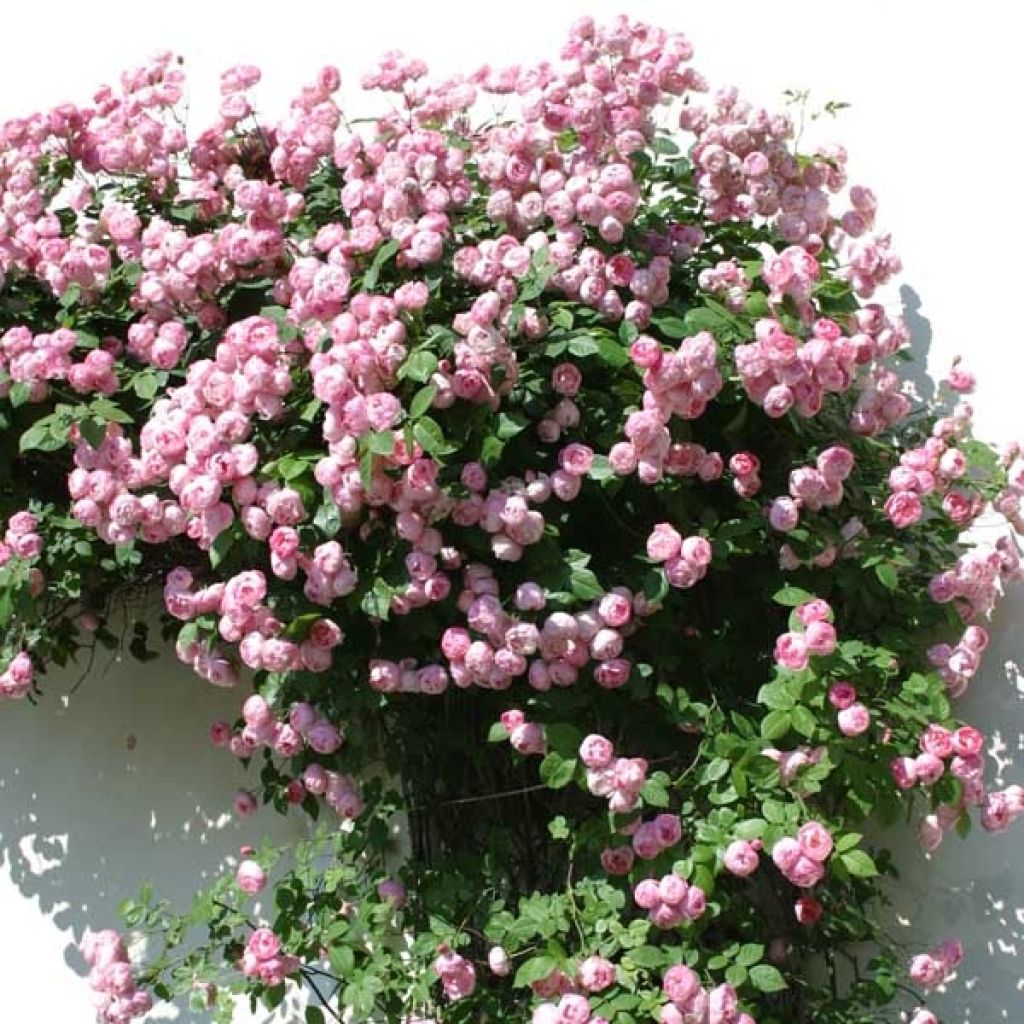

Rosa 'Pink Cloud' - Climbing Rose
Rosa 'Pink Cloud' - Climbing Rose
Rosa Pink Cloud
This item cannot be shipped to the selected country
Delivery charge from €5.90
Delivery charge from €5.90
Delivery to Corse prohibited
More information
Delivery charge from €5.90
Delivery charge from €5.90
Delivery to Corse prohibited
More information
Schedule delivery date,
and select date in basket
This plant carries a 6 months recovery warranty
More information
We guarantee the quality of our plants for a full growing cycle, and will replace at our expense any plant that fails to recover under normal climatic and planting conditions.
From €5.90 for pickup delivery and €6.90 for home delivery
Express home delivery from €8.90.
From €5.90 for pickup delivery and €6.90 for home delivery
Express home delivery from €8.90.
Delivery to Corse prohibited: UE law prohibits the import of this plant from mainland France to Corse as part of the fight against Xylella fastidiosa. Please accept our sincere apologies.
More information

Does this plant fit my garden?
Set up your Plantfit profile →
Description
The climbing rose 'Pink Cloud' is a modern variety with an old-fashioned charm, remarkably floriferous during its late summer reblooming. Its well-double and globular roses, of a deep carmine pink, exhale a beautiful tea rose fragrance that perfumes the garden in the late afternoon. Reaching up to 4m (13ft), it will climb romantic arches and trellises or fill out a large flowering hedge. Choose well-drained and deep soil for this generous rose and a location with good air circulation, as its beautiful shiny foliage can be sensitive to powdery mildew.
This 'Pink Cloud' rose is a climbing rose obtained in 1952 by Boerner. This fantastic modern hybrid possesses, among others, the genes of the Rosa Wichuraiana. The Asian ancestor of this family of excellent climbing roses, the Rosa luciae, forms thickets in coastal regions and seaside cliffs and grows on limestone terrain. It has passed on some fascinating characteristics, such as shiny and dark foliage, beautiful vigour, and a unique but very generous flowering. Pink Cloud, remarkably floriferous, is also exceptionally reblooming.
'Pink Cloud', with its climbing habit, will reach an average height of 3.50m (11ft) with a spread of 1.50m (5ft), depending on growing conditions. Its long stems have numerous thorns and dark green, shiny foliage. The flowers first form in June-July, then in successive waves until October. They are born on short shoots of the second year as buds of a bright and intense pink. They open into slightly turbinate flowers, then, in the manner of English roses, into globular cups, before blooming into large, very double cups, 9cm (4in) in diameter, composed of 350 to 45 petals of a vermillion rose nuanced with carmine. Their fragrance, more or less intense depending on the time and temperature, is reminiscent of tea roses. Note that this rose performs well in hot climates but is unsuitable for excessively humid climates.
'Pink Cloud' is a rose that will delight lovers of old roses and romantic gardens where the scent of flowers reigns. Like other large roses, such as 'New Dawn', 'Madame Isaac Pereire' or 'Pierre de Ronsard' with which it pairs so well, it is incomparable for giving a touch of abandon planted above overly strict flowerbeds. It is an ideal companion for an old fruit tree, a small pillar, and the cabins to which it adds a charming touch. Trained on an arch near the terrace, it will create a poetic and fragrant passage. When allowed to grow freely, without being pruned or trained on a support, it forms a lovely bush that can be placed, for example, at the back of a perennial bed or in a large flowering hedge. Pink roses go well with white or mauve lilacs and buddleias ranging from white to purple. Clematis with blue flowers (C.jackmanii, Arabella, Blue Light) are also good companions for their plump flowers.
Plant habit
Flowering
Foliage
Botanical data
Rosa
Pink Cloud
Rosaceae
Cultivar or hybrid
Other Climbing Roses
Planting and care
When planting a 'Pink Cloud' rose bush, it's best to choose a spot that receives ample sunlight but is also partially shaded, to protect the flowers from strong midday rays. Rose bushes are generally tolerant of different environments but do not thrive in soil with excessive limestone. Therefore, it's recommended to plant them in well-worked and nutrient-rich soil. In case you notice any spotted or powdery mildew-infected leaves, it's important to remove them immediately. During spring, preventive treatment with sulphur can be applied to combat fungal diseases, which are quite common in rose bushes.
To plant the rose bush, work the soil and place an amendment such as blood, fish and bone at the bottom of the planting hole. After planting, it's important to water generously to eliminate air pockets and encourage root growth. For the first few weeks, the bush should be watered regularly. Since 'Pink Cloud' rose bushes bloom continuously, it's necessary to prune faded flowers regularly to encourage the development of new flower buds and prevent the bush from becoming exhausted. Renewing the bush is also important, which can be done by removing the oldest stems near the stump, balancing the bush by pruning short and long branches, and removing dead wood. Lightly aerating the centre of the bush can also help. When pruning, it's recommended to choose an outward-facing bud and make a slanted cut just above it. Finally, it's important to train the rose bushes as they grow to ensure they cover the area of support.
Rose bushes may develop unsightly spots at the end of summer, but these are natural and not harmful to the plant's growth.
Planting period
Intended location
Care
-
, onOrder confirmed
Reply from on Promesse de fleurs
Roses by purpose
Haven't found what you were looking for?
Hardiness is the lowest winter temperature a plant can endure without suffering serious damage or even dying. However, hardiness is affected by location (a sheltered area, such as a patio), protection (winter cover) and soil type (hardiness is improved by well-drained soil).

Photo Sharing Terms & Conditions
In order to encourage gardeners to interact and share their experiences, Promesse de fleurs offers various media enabling content to be uploaded onto its Site - in particular via the ‘Photo sharing’ module.
The User agrees to refrain from:
- Posting any content that is illegal, prejudicial, insulting, racist, inciteful to hatred, revisionist, contrary to public decency, that infringes on privacy or on the privacy rights of third parties, in particular the publicity rights of persons and goods, intellectual property rights, or the right to privacy.
- Submitting content on behalf of a third party;
- Impersonate the identity of a third party and/or publish any personal information about a third party;
In general, the User undertakes to refrain from any unethical behaviour.
All Content (in particular text, comments, files, images, photos, videos, creative works, etc.), which may be subject to property or intellectual property rights, image or other private rights, shall remain the property of the User, subject to the limited rights granted by the terms of the licence granted by Promesse de fleurs as stated below. Users are at liberty to publish or not to publish such Content on the Site, notably via the ‘Photo Sharing’ facility, and accept that this Content shall be made public and freely accessible, notably on the Internet.
Users further acknowledge, undertake to have ,and guarantee that they hold all necessary rights and permissions to publish such material on the Site, in particular with regard to the legislation in force pertaining to any privacy, property, intellectual property, image, or contractual rights, or rights of any other nature. By publishing such Content on the Site, Users acknowledge accepting full liability as publishers of the Content within the meaning of the law, and grant Promesse de fleurs, free of charge, an inclusive, worldwide licence for the said Content for the entire duration of its publication, including all reproduction, representation, up/downloading, displaying, performing, transmission, and storage rights.
Users also grant permission for their name to be linked to the Content and accept that this link may not always be made available.
By engaging in posting material, Users consent to their Content becoming automatically accessible on the Internet, in particular on other sites and/or blogs and/or web pages of the Promesse de fleurs site, including in particular social pages and the Promesse de fleurs catalogue.
Users may secure the removal of entrusted content free of charge by issuing a simple request via our contact form.


































